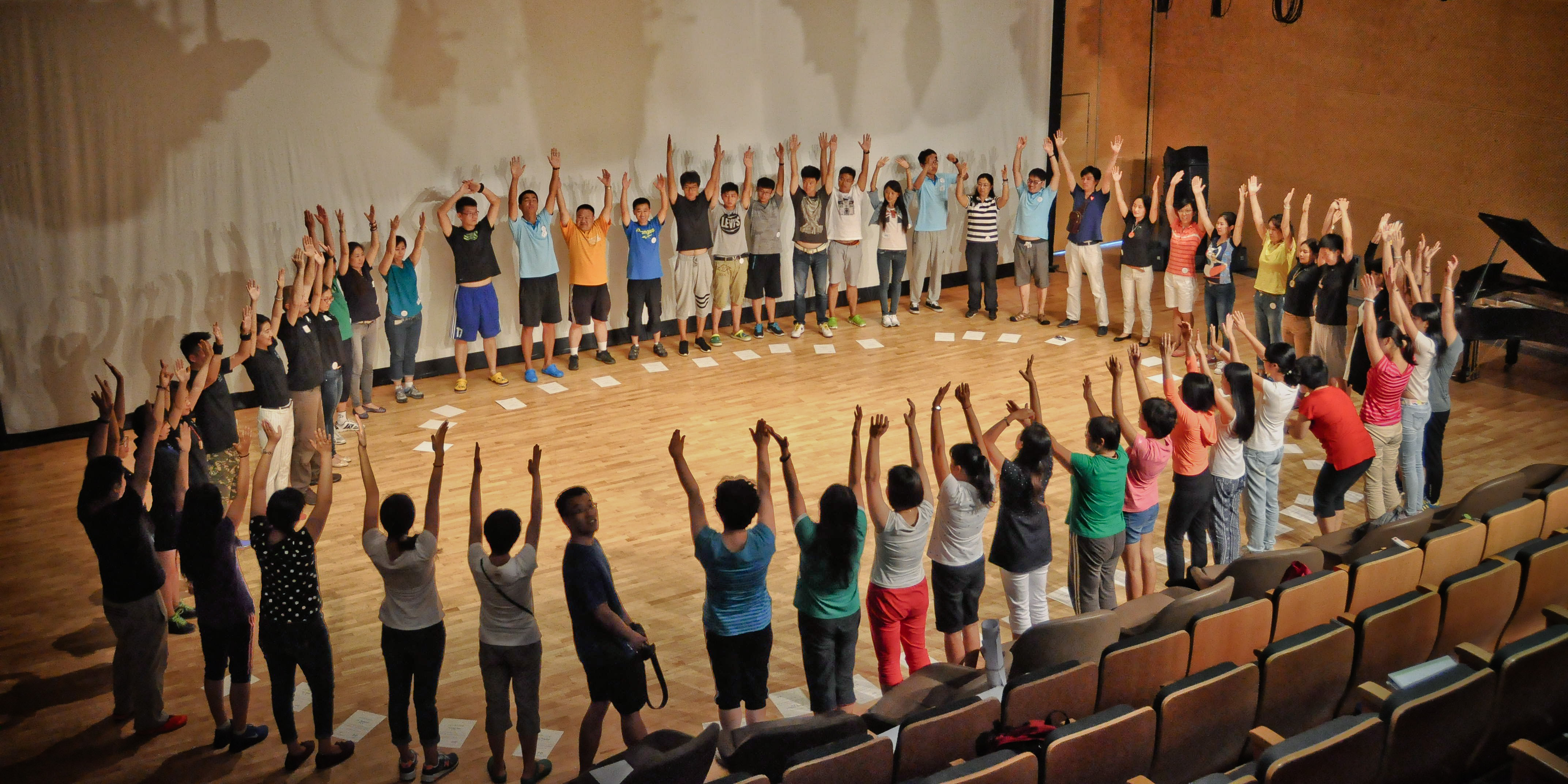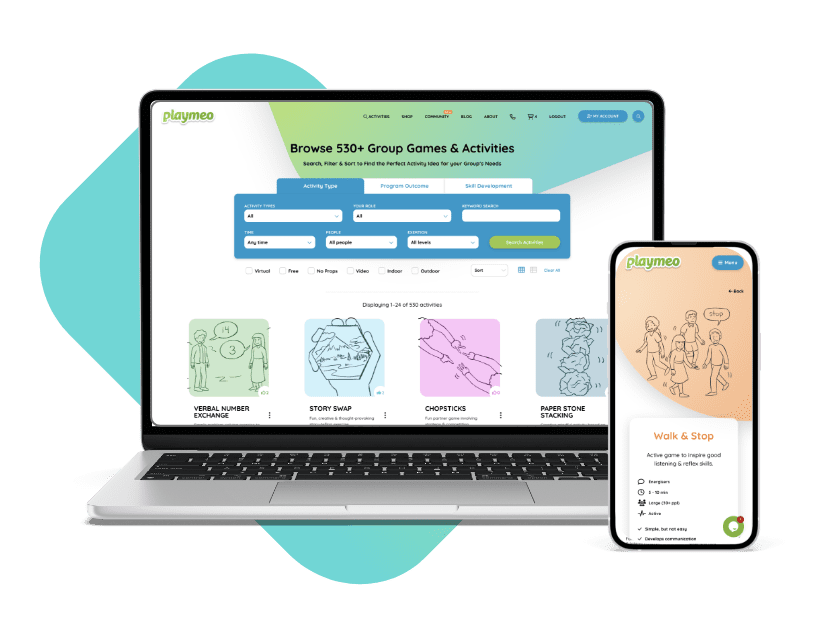Wow.
Four weeks plus have already passed in 2023, and tomorrow is February.
Were you among the millions of folks who set themselves one or more New Year’s resolutions or goals?
How’s that working out for you?
How well did you stick to your intentions?
Earlier this week, I received a newsletter from Mary Henton, a US-based leadership development coach (and playmeo member) who peppered me with the same sorts of questions.
Mary shared some fascinating (somewhat sobering) statistics connected to the process of setting goals, and I think any teacher or trainer who works with groups should know this information too.
Goal-Setting Stats
Research shows that 25% of people who make New Year’s resolutions give up by the end of the first week (sorry, link is broken.) Of those who stay true to their commitment, only 9% bring those resolutions to fruition.
What about goals in general?
- 80% of us never set personal or professional goals.
- Of the 20% that do set goals, only 30% reach those goals. In other words, 70% do not reach their goals.
Let’s look at these numbers another way.
Picture any group of 100 people. Of those 100, only 20 have set goals for the year, the quarter, or month. Of those 20 people who set goals, only 6 will achieve those goals.
Only 6 out of 100 people are setting goals and achieving them.
That’s not a lot.
How to Achieve Your Goals
What makes those six people successful?
Again, this is what the well-informed research tells us:
- Set specific and challenging goals, eg SMART goals are a great start;
- Write down their goals. One study reveals that people who write down their goals are 20% more likely to achieve them.
- Break goals into manageable chunks. If your goal is to bring in 200 new donors by year-end, outline the necessary steps, eg identify strategies appropriate to target, confirm necessary back-end systems in place, set monthly calendar of activities, etc.
- Report progress weekly to a supportive peer, a team, or a coach. In fact, reporting weekly progress can increase your success rate by 40%.
Helping Groups Achieve Their Goals
This information is useful to us as individuals, but how can we, as group facilitators, assist our groups in achieving their goals? How can we improve on these numbers to help our groups succeed?
For a start, we must heed the guidance embedded in the four steps listed above. It’s not rocket science, and yes, it may take a little longer to manage the goal-setting process, but isn’t this worthwhile if it improves their ability to achieve goals?
What practices are you using to assist groups in setting goals and achieving them?
Add a comment below…













Original post January 2023, last updated May 2024.